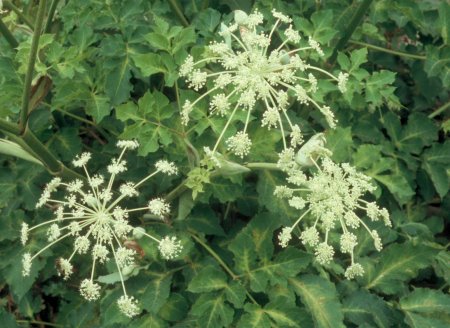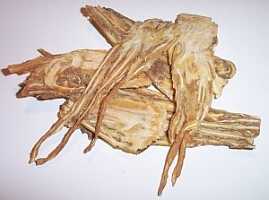[1] Barefoot Doctor's Manual- 1977 Prepared
by the Revolutionary Health Committee of Hunan Province. Original Chinese manual-
Victor W. Sidel. Originally published by Dr Joseph Quin and the Fogarty International
centre, Bethdesda (1974). Madrona Publishers Seattle Washington ISBN 0-914842-52-8
[2] Chinese Herbal Medicine Materia Medica- Dan Bensky and Andrew Gamble- Eastland
Press 1986 Seattle Washington ISBN 0-939616-15-7
[3] A Complete English Dictionary of Medicinal Terms in Chinese Acupuncture
and Herbalism 1981- Henry Lu Chinese Foundations of Natural Health- The Academy
of Oriental Heritage, Vancouver, Canada.
[4]
americandragon.com
[5] The Pharmaceutical Plant Company Pty Ltd
ppcherbs.com.au
Images
1.
cajeviza.net
2.
innerpath Angelica
polymorpha. A.sinensis
当
归 Dāng guī
Angelica
Family: Umbelliferae
Angelica
polymorpha. A.sinensis
当
归 Dāng guī
Angelica
Family: Umbelliferae
 FLAVOR:
Sweet, pungent, bitter pleasant. acrid CHANNELS: Heart, Liver,
Spleen
FLAVOR:
Sweet, pungent, bitter pleasant. acrid CHANNELS: Heart, Liver,
Spleen 